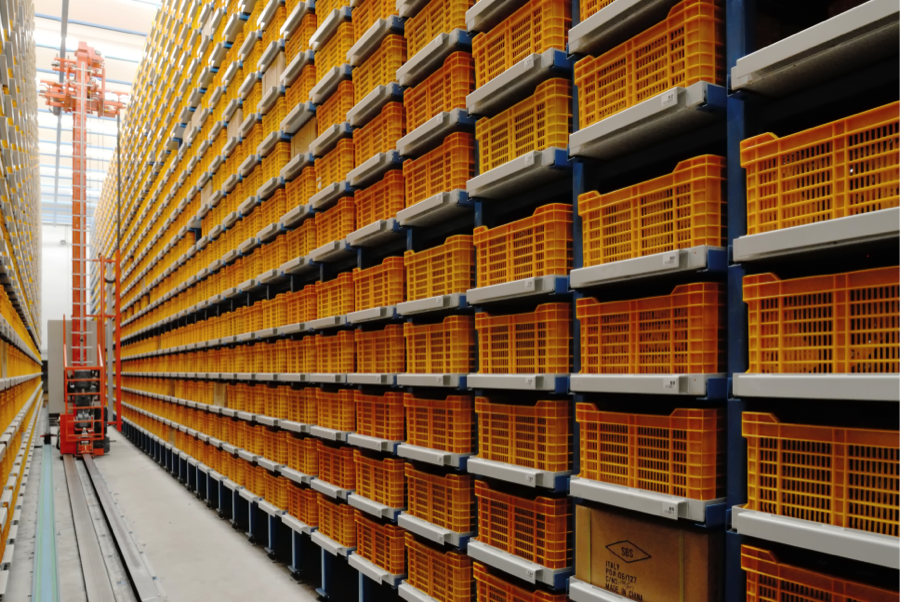 When clients realize they need more storage space that can find multiple solutions in the market. These solutions can be conventional or automated; however, all of them will required a previous assessment where the client’s needs are identified and its current processes are analyze to know if they need density, selectivity or both.
When clients realize they need more storage space that can find multiple solutions in the market. These solutions can be conventional or automated; however, all of them will required a previous assessment where the client’s needs are identified and its current processes are analyze to know if they need density, selectivity or both.
First of all, let’s define density and selectivity. Density is the storage capacity per cubic meter; while selectivity refers the accessibility of products.
Is very common that clients think they need density without taking into account that the denser a system is, the less selectivity it will have.
Normally, we can find selection by higher density in production plants, where there are different production lines of the same product. The clients are focused on keeping a fast storage rather than the accessibility of products. Conventional technologies implemented in this kind of operations are double or triple depth racks, drive in, push back or AS/RS with multiple depth pallets.
On the other hand, higher selectivity is needed at distribution centers because there are a wide variety of products and the access and selection of them must be immediate. The best solutions for these operations are selective single depth racks. The new technologies of automated warehouses, the selectivity is created by mobile racks which combine density and selectivity.
All selective racks are installed within a system that generates movement in the aisles; thus, thanks to a remote control, the corresponding aisle is open for storing the products. This is an example of a solution that combines both options thanks to the natural evolution of technologies. Conventional systems provide the background so the new technologies can provide higher productivity.
There are a lot of options based on higher density or higher selectivity according to the client’s needs and expectations. For example: if what they need is higher storage capacity, the self-supported warehouse is a good alternative instead of building a conventional one. When Uniload or stacker crane are implemented, the software offers a powerful control which provides an integral visibility of the entire warehouse.
The factors that must be taken into account during the decision making process are: selectivity, density, operation timing and position costs. The available options will be determined by these factors. In other words, sometimes selectivity may be the priority, sometimes could be density and sometimes might be both.
It is important to keep in mind that before making a decision, an evaluation is crucial for defining the operation’s needs according to the internal demands and requirements of each client. It is very feasible to combine conventional systems with automated solutions based on the fair analysis and expertise of your vendor.
Do not jeopardize your budget, time and reliability of your customers. Our priority is to increase productivity and safety in your intra-logistics operative processes.
Contact us now and one of our team members will give you a personalized advice.



